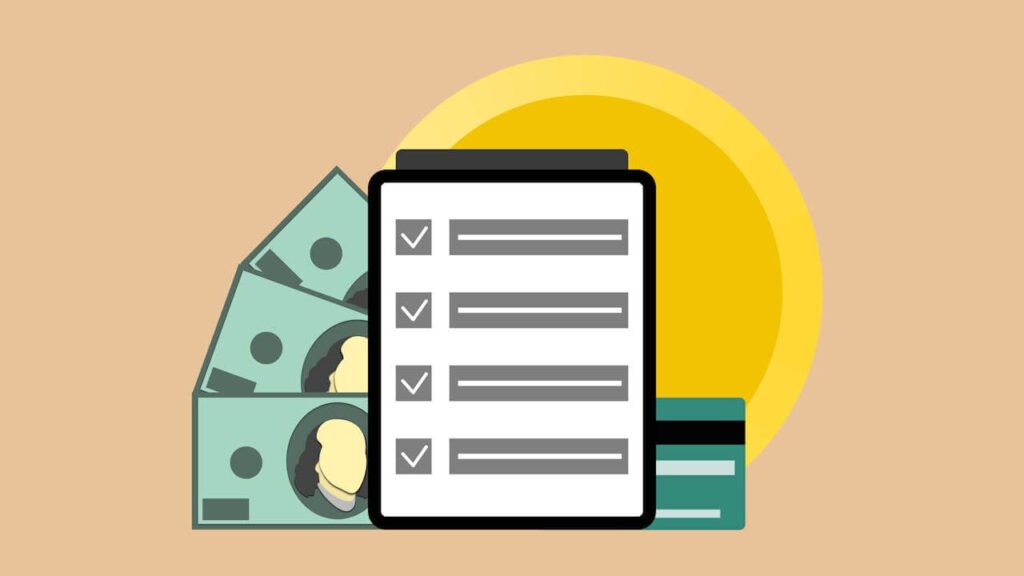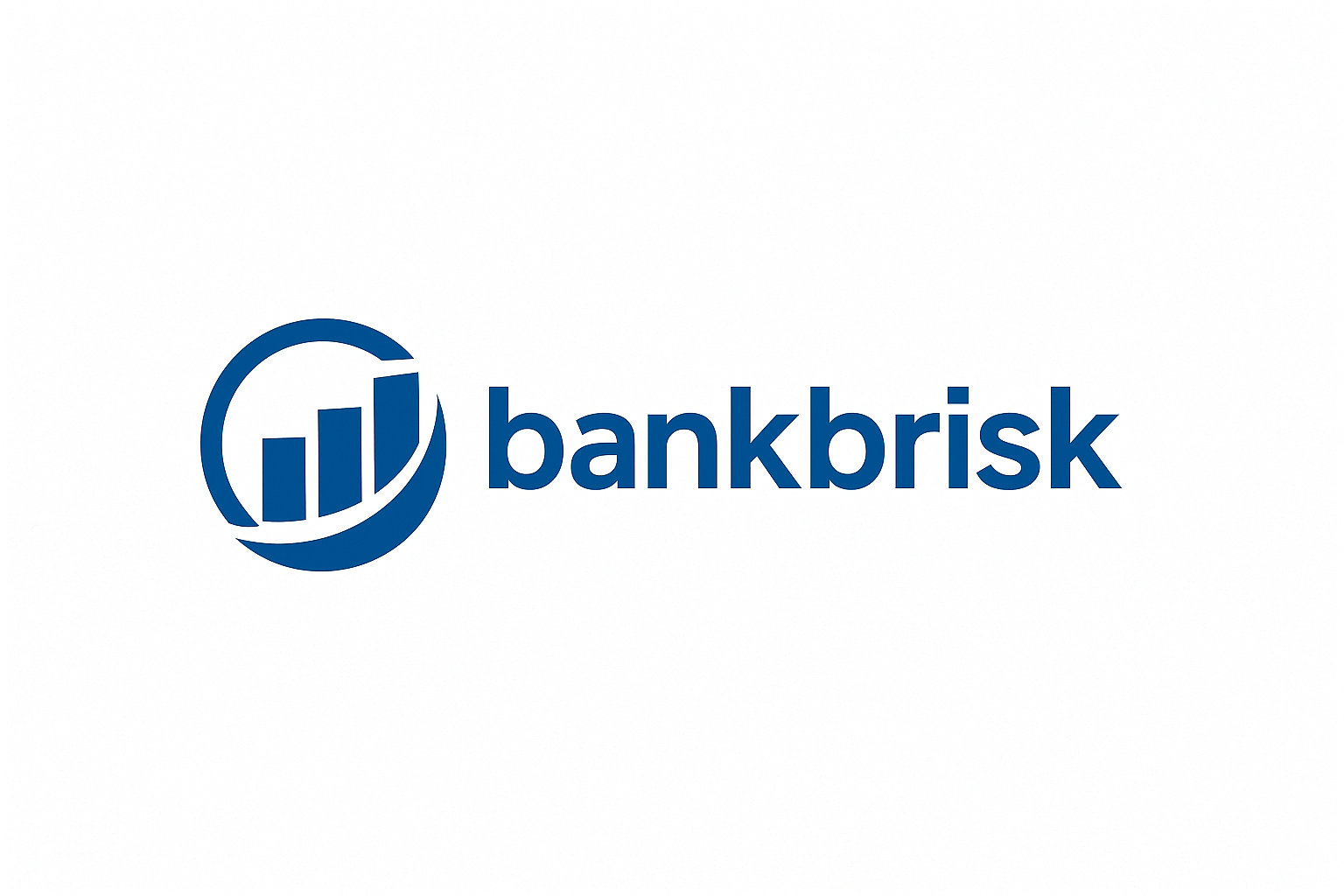How to Automate Savings with a High Yield Savings Account: Building substantial savings requires consistency, discipline, and overcoming the all-too-human tendency to postpone good financial habits.
Automation addresses these challenges by removing decision-making from the equation. When you automate savings transfers to a high yield account, you eliminate the monthly question of whether to save and how much, instead implementing a system that builds wealth automatically while you focus on other aspects of life.
The combination of automation with high yield savings accounts creates particularly powerful results. You benefit from disciplined saving through automation while simultaneously earning competitive interest rates that accelerate progress toward your financial goals. This guide explains how to establish automated savings systems that maximize the advantages high yield accounts offer.

Understanding the Power of Automation
Financial behavior research consistently demonstrates that people who automate savings accumulate significantly more wealth than those who manually transfer money. One study found that regular automated transfers increased dollar amounts saved and achievement of savings goals by 1.5 to 3.5 times compared to manual saving approaches.
Related posts:
- How to Move Money Into a High Yield Savings Account Safely
- How to Choose the Best High Yield Savings Account for Your Goals
The explanation involves behavioral economics and psychology. When saving requires active decisions each month, competing priorities emerge. That vacation sounds appealing, this gadget seems useful, these restaurant meals feel deserved. By the time you consider transferring money to savings, the checking account balance has already dwindled through various expenditures.
The Pay Yourself First Principle
Automation implements the classic personal finance principle: pay yourself first. Rather than saving what remains after spending, you allocate savings at the beginning of the cycle before other expenses claim those dollars. This reversal ensures savings actually happen regardless of spending temptations that arise later.
High yield savings accounts amplify this benefit through superior interest rates. As of October 2025, top accounts pay approximately 4.00% to 5.00% APY compared to the 0.40% national average for traditional savings. On a $10,000 balance, this difference generates roughly $350 to $450 in additional annual interest—money that accelerates your progress without any extra deposits beyond your automated transfers.
Setting Up Automatic Transfers
Most high yield savings accounts provide straightforward mechanisms for establishing automatic transfers from your checking account. The setup process typically takes about five to ten minutes and creates a permanent system requiring no further intervention unless you choose to adjust amounts or frequency.
Begin by linking your checking account to your high yield savings account if you haven’t already. This connection requires providing your checking account number and routing number. The savings account institution will verify ownership through small test deposits—usually two amounts under $1 each—that you confirm once they appear in your checking account.
Choose Transfer Amounts
Determining how much to automatically transfer requires analyzing your budget and financial goals. A common starting recommendation suggests saving 20% of gross income, though this percentage should adjust based on your specific circumstances, existing savings, and financial obligations.
If 20% seems unachievable initially, start smaller. Even 5% or 10% establishes the habit and creates positive momentum. Research indicates that beginning with achievable amounts prevents discouragement and increases long-term success rates. You can gradually increase transfer amounts as your income grows or as you eliminate debts and reduce other financial commitments.
Tools like a high yield savings account calculator help visualize how different transfer amounts compound over time. Input various monthly contribution levels to see projected balances at different time horizons. These projections often motivate higher savings rates by demonstrating the substantial long-term impact of modest increases in monthly contributions.
Optimal Transfer Timing
The timing of your automated transfers significantly impacts success rates. The most effective approach schedules transfers immediately after payday—ideally the same day your paycheck deposits or one business day later.
This timing prevents the psychological trap of viewing your entire paycheck as available spending money. When $300 or $500 transfers to savings before you consciously register it as spendable income, you naturally adjust spending to the reduced checking account balance. The savings happens before lifestyle inflation or discretionary purchases consume those dollars.
Aligning with Pay Frequency
Match your transfer schedule to your pay frequency. If you receive paychecks biweekly, set up biweekly transfers. Monthly paychecks call for monthly transfers. This alignment ensures sufficient funds exist in checking to cover the transfer while creating a predictable rhythm that becomes part of your financial routine.
Some people who receive irregular income—freelancers, commission-based workers, or seasonal employees—benefit from percentage-based transfers rather than fixed amounts. Many banks allow you to transfer a percentage of deposits automatically. When you receive $5,000, the system transfers the preset percentage. When you receive $2,000, it transfers the same percentage of that smaller amount. This flexibility accommodates income variability while maintaining consistent savings behavior.
Multiple Savings Goals Strategy
High yield savings accounts increasingly offer features supporting multiple simultaneous savings goals within a single account. These “savings buckets” or “goal tracking” features let you designate portions of your balance for specific purposes—emergency fund, vacation savings, home down payment, vehicle replacement fund—while keeping everything in one account earning the same competitive interest rate.
Automation works beautifully with this approach. You might set up automatic transfers totaling $600 monthly to your high yield account, then manually allocate those contributions across your various goals once they arrive. Or if your bank supports it, establish separate automated transfers to different sub-accounts for each goal.
Prioritizing Goals
Financial advisors generally recommend building a basic emergency fund before pursuing other savings goals. An initial target of $1,000 provides a crucial buffer against common unexpected expenses like car repairs or medical bills. Once you reach this foundation, continue building toward the standard three-to-six months of living expenses while beginning to fund other goals.
After establishing emergency savings, prioritize goals by importance and timeline. Near-term goals requiring funds within one to two years might receive larger allocations than long-term goals five or ten years away. This prioritization ensures you have adequate funds available when needed while still making progress on distant objectives.
Round-Up Programs
Many banks now offer round-up savings programs that automatically transfer small amounts based on your spending. When you purchase something for $4.75 using your debit card, the system rounds up to $5.00 and transfers the $0.25 difference to your savings account.
Round-ups work particularly well as supplemental savings on top of your primary automatic transfers. You might set up a $300 monthly transfer as your core savings, then activate round-ups to capture an additional $20 to $50 monthly without consciously thinking about it. These micro-savings accumulate surprisingly quickly—research shows typical users save an additional $500 to $700 annually through round-up features.
Evaluating Round-Up Programs
Not all high yield savings accounts include round-up functionality, as it requires integration with debit card transactions. If this feature appeals to you, verify whether your prospective savings account provider offers it. Some banks providing round-ups include Ally Bank, Chime, and Qapital, though availability and specific implementations vary.
Consider whether the account offering round-ups also provides competitive interest rates. A round-up program at an account paying 0.50% APY delivers less value than foregoing round-ups in favor of an account paying 4.50% APY. Calculate the trade-offs based on your expected round-up savings versus the interest rate differential on your total balance.
Direct Deposit Splitting
If your employer offers direct deposit—most do—inquire whether they support splitting deposits across multiple accounts. This feature allows designating a specific dollar amount or percentage of your paycheck to deposit directly into your high yield savings account, with the remainder going to your primary checking account.
Direct deposit splitting creates perhaps the most seamless automation possible. Your savings allocation never touches your checking account, eliminating any possibility of spending it before saving. The money appears in your savings account on payday without requiring any transfer between accounts you manage.
Implementation Process
Contact your employer’s payroll or human resources department to request information about direct deposit splitting. If available, you’ll typically complete a form providing your savings account information and specifying how much to direct there. Some employers limit splits to two accounts, while others accommodate more complex arrangements.
Changes to direct deposit arrangements usually take one to two pay cycles to implement. Plan accordingly and don’t cancel existing automated transfers until you’ve verified the direct deposit split is functioning correctly.
Leveraging Financial Windfalls
Automated savings systems work best for regular income, but occasional windfalls—tax refunds, work bonuses, gifts, inheritances—present opportunities to substantially boost savings. Rather than treating windfalls as “found money” for discretionary spending, establish a personal policy of immediately directing a meaningful percentage to savings.
A reasonable approach allocates 50% to 70% of windfalls to savings while allowing yourself to enjoy the remainder guilt-free. This balance acknowledges that occasional splurges support overall financial health by preventing feelings of excessive deprivation, while ensuring windfalls meaningfully accelerate progress toward financial goals.
Automating Windfall Savings
Some employers allow you to split bonuses separately from regular paychecks. If your company offers this, consider directing a larger percentage of bonuses to savings compared to regular pay. Since bonuses exceed your normal income, you won’t miss the allocated portion as much as you might miss a similar percentage of regular earnings.
For tax refunds and other windfalls outside payroll, the automation comes from creating a commitment device. When you file taxes expecting a refund, immediately schedule a transfer from checking to savings for the approximate refund amount, effective one week after you expect the refund to arrive. This pre-commitment increases the likelihood you’ll follow through on saving a portion rather than letting the refund gradually dissipate through increased spending.
Monitoring and Adjusting Your System
Automated savings systems don’t mean “set it and forget it” permanently. Regular monitoring ensures the system continues serving your needs and adapts to changing circumstances.
Schedule quarterly reviews of your automated savings. During these reviews, verify that transfers are processing correctly, assess whether the transfer amount remains appropriate given any income or expense changes, evaluate progress toward savings goals, and determine whether you can increase transfer amounts based on improved financial circumstances.
When to Increase Contributions
The best times to increase automated savings contributions include when you receive a raise, when you pay off a debt, when major expenses decrease, or when you eliminate subscriptions or recurring costs. These moments create opportunity to redirect funds to savings without impacting your perceived standard of living.
Many people implement a “split the difference” rule with raises. If you receive a 4% raise, increase your automated savings by 2% of your salary and enjoy the other 2% as lifestyle improvement. This approach lets you celebrate raises while accelerating wealth building.
Overcoming Common Challenges
Automated savings sometimes faces obstacles that require troubleshooting. Insufficient funds in checking accounts represent the most common issue. If automated transfers repeatedly fail due to inadequate balances, your transfer amount probably exceeds what your budget can support.
Reduce the transfer amount to a level your cash flow comfortably handles. Better to save $200 reliably every month than attempt $400 that fails half the time. Build the habit with achievable amounts, then increase gradually as circumstances permit.
Managing Irregular Expenses
Irregular but predictable expenses—annual insurance premiums, property taxes, holiday spending—can disrupt automated savings systems by temporarily straining checking account balances. The solution involves building these known expenses into your budget and adjusting automated savings to accommodate them.
Calculate your total annual irregular expenses and divide by twelve to determine the monthly amount you should mentally allocate. If these irregular expenses total $3,600 annually, that’s $300 monthly. Factor this into your budget as a regular expense even though actual payments occur sporadically throughout the year.
The Psychology of Watching Savings Grow
One underappreciated benefit of automated savings combined with high yield accounts involves the psychological reinforcement of watching your balance increase. Unlike traditional savings accounts where balances barely move, high yield accounts deliver meaningful interest that compounds noticeably.
Checking your savings balance monthly and seeing it grow through both your automated contributions and earned interest creates positive feedback that reinforces savings behavior. This visible progress motivates continued discipline and often inspires increased contribution amounts.
Using Progress Tracking
Many high yield savings account providers offer goal-tracking features showing your progress toward specific targets. Set a goal—$10,000 emergency fund, $25,000 down payment—and watch the progress bar advance. This gamification of saving makes the process more engaging and helps maintain motivation through lengthy accumulation periods.
Celebrate milestones along the way. When you reach your initial $1,000 emergency fund, acknowledge that achievement. When you hit $5,000, recognize the progress. These celebrations need not involve spending—simply acknowledging your success and perhaps sharing it with a supportive friend or family member provides meaningful psychological reward.
Security Considerations
Automated transfers require sharing your checking account information with your high yield savings account provider. This creates potential security concerns that deserve attention, though the actual risks remain low when banking with legitimate, FDIC-insured institutions.
Verify that both your checking and savings accounts use strong, unique passwords. Enable two-factor authentication wherever offered. Monitor both accounts regularly for any unauthorized transactions. These basic security practices protect against the vast majority of potential threats.
Understanding Transfer Reversibility
Automated transfers between accounts you own are reversible. If an automated transfer processes but you need that money back in checking, you can initiate a reverse transfer. This usually takes one to three business days to complete but provides an important safety valve for managing cash flow mistakes or unexpected expenses.
This reversibility distinguishes automated savings from direct bill payments. If an automated savings transfer creates a problem, you can fix it relatively easily. This knowledge should provide confidence that automation won’t trap you in unworkable situations.
Maximizing Results Through Automation
Successfully automating savings with a high yield account requires choosing the right account, implementing automated transfers at optimal timing and amounts, monitoring the system periodically, and adjusting as circumstances change. The combination of reliable saving behavior through automation and superior interest rates from high yield accounts creates powerful wealth-building momentum.
The initial setup requires perhaps an hour of effort. Quarterly reviews take 15 minutes. In exchange, you establish a financial system that builds wealth automatically while you focus on work, relationships, hobbies, and other life priorities. Your savings grows consistently month after month, compounded by competitive interest rates that accelerate progress toward financial security and goal achievement.
For anyone struggling to save consistently or looking to optimize existing savings habits, automating transfers to a high yield savings account represents one of the highest-return activities you can undertake. The combination of behavioral benefits from automation and financial benefits from high yields delivers results that far exceed the modest effort required to establish the system.




